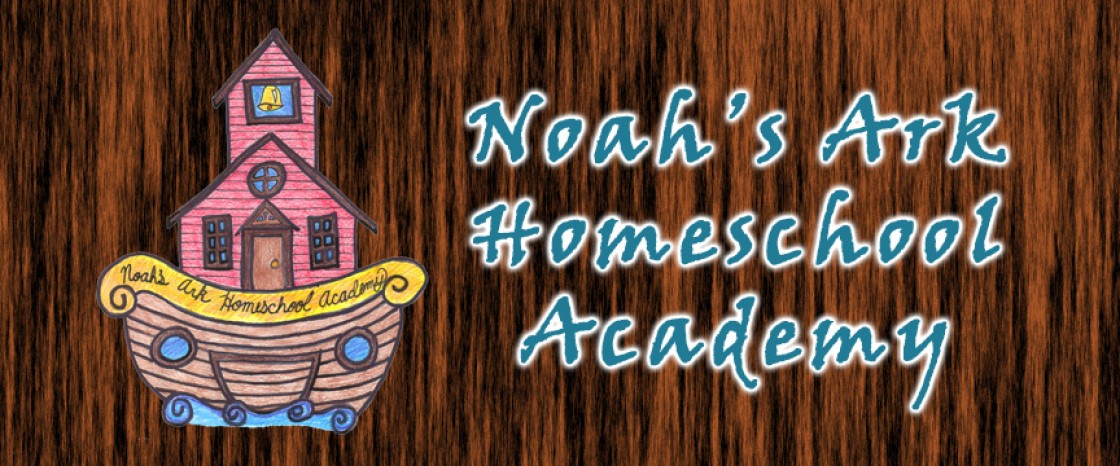What are thinking skills? Well, the simple answer is the ability to solve problems. More importantly is this a subject that can be taught? The answer is yes and no. In my “expert homeschool opinion”;-) every subject you teach should require problem solving along with allowing your children the opportunity to solve their own problems. For example; A math curriculum that requires a child to memorize formulas but doesn’t required the child to understand why they work is not going to teach your child to problem solve. Another example would be that when your child gets stuck up in a tree you automatically rescue them instead of talking them through how they think they might be able to get down. The emphasis should be on the process of solving the problem and not the answer. At the core of every subject and life experience should be an element of problem solving because that is true education. A child that only memorizes might sound smart, but if they don’t understand the inner workings of what they memorized they won’t be able to apply that knowledge to useful tasks. Many children are bored with their education because they see no use for what they have learned. Memory doesn’t last, it fades into the background with all other things your brain deems worthless. When I look at curriculum my main requirement is does this teach application, and if it doesn’t I see it as a waste of money and time. Thinking Skills as a separate subject isn’t enough for most children to apply it to all learning opportunities. Thinking Skills are a way of life, a thread that ties all subjects and life experience together. All the way down to your children’s toys and games, try to choose wisely. Choose things that require problems solving and imagination. Toys that tell you how to play with them or are too specific are not wise choices for promoting thinking skills.
Chess is a wonderful game to incorporate into your everyday life. The whole family can play it together and challenge each other to grow in skill. If you don’t know how to play yourself Activity Village has a printable chess game with a description of where all the pieces can move. It is worth learning.

Dominoes can be used in so many ways, but just playing the different varieties of the game are a good place to start. You don’t always have to reinvent the wheel.
Along the lines of dominoes, card games are also a great way to cause your children to be problem solvers. Poker with Monopoly Money is one of my favorites for 3rd grade and up.
Crossword puzzles are another great way to exercise your brain.
Scrabble is the best way to teach spelling. You can encourage using words off of a spelling list. This is an endless spelling curriculum that grows with the child. Activity Village has FREE printable scrabble tiles that could be printed on card stock and laminated for multiple uses, although I do believe the wood scrabble tiles would make a fine investment.
Timberdoodle sells Geopuzzles which are great geography thinking skills for K-3rd.
There are so many wonderful problem solving opportunities in Math. Tangrams are an excellent example of this. Base Ten Blocks can carry you through many years of math over a plethora of subjects. Using math manipulatives in vital especially in the elementary years. Sudoku is a problem solving challenge that motivates you to keep trying, it’s not the worst thing your children could be addicted to, right?
These are just a few of the many ways you can incorporate thinking skills into your child’s everyday education. I am aware there are many more, and I would love hear your amazing and creative ideas you challenge your kids with.









